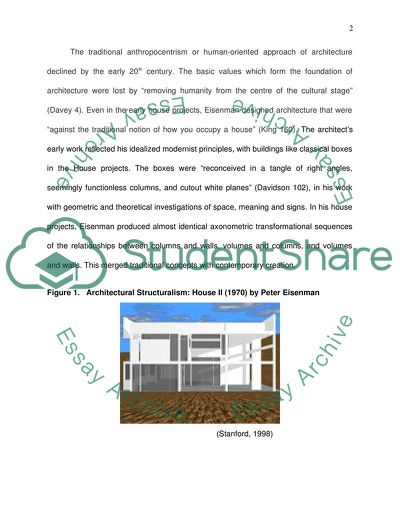Cite this document
(Architecture of Peter Eisenman Research Paper Example | Topics and Well Written Essays - 1250 words, n.d.)
Architecture of Peter Eisenman Research Paper Example | Topics and Well Written Essays - 1250 words. Retrieved from https://studentshare.org/architecture/1746981-peter-eisenmanarchitect
Architecture of Peter Eisenman Research Paper Example | Topics and Well Written Essays - 1250 words. Retrieved from https://studentshare.org/architecture/1746981-peter-eisenmanarchitect
(Architecture of Peter Eisenman Research Paper Example | Topics and Well Written Essays - 1250 Words)
Architecture of Peter Eisenman Research Paper Example | Topics and Well Written Essays - 1250 Words. https://studentshare.org/architecture/1746981-peter-eisenmanarchitect.
Architecture of Peter Eisenman Research Paper Example | Topics and Well Written Essays - 1250 Words. https://studentshare.org/architecture/1746981-peter-eisenmanarchitect.
“Architecture of Peter Eisenman Research Paper Example | Topics and Well Written Essays - 1250 Words”, n.d. https://studentshare.org/architecture/1746981-peter-eisenmanarchitect.


